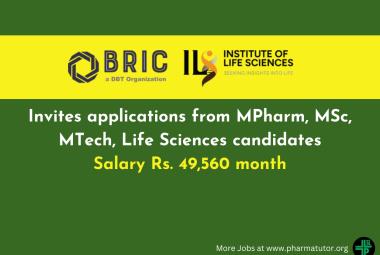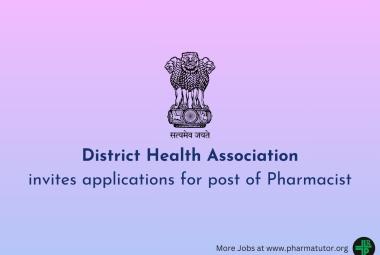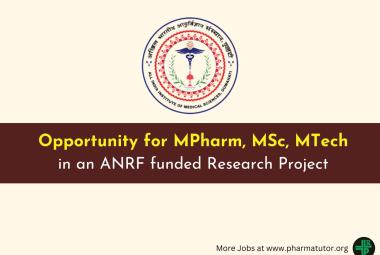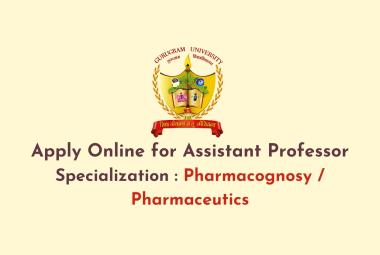β blockers
Propranolol (prototype):
Pharmacological Action:
Heart:
It has blocking effect on β-receptors which cause decrease in the activities of catecholamines which have +ve inotopic and +ve chronotropic effects, β blockers decrease heart rate and decrease force of contractility.
In normal functioning heart, it is not so effective but when sympathetic system is activated, during emotions or exercise, β receptor antagonists turn off the sympathetic out flow by blocking effect.
Heart contains β1 receptors chiefly but some of β3 receptors have been found in normal myocardial tissues in human and other species. They are Gi protein coupled receptors.
It reduces RP of myocardial fibers and decreases automaticity.
Propranolol decreases diastolic depolarization and delayed Av conduction. Thus, it reduces heart rate, decreases myocardial contractility and decrease AV conduction and also decreases cardiac output.
During exercise, there is increase in heart rate, myocardial contractility and hence increase in cardiac output. In presence of β blockade, there is decrease in HR and contractility but CO is less affected. As there is increase in stroke volume during exercise due to demand of tissues which cannot be altered. In elders, there is noted that decrease in sympathetic activity and they are unaffected during exercise by β blockade markedly.
Cardiac work and oxygen consumption are reduced as the product of HR and aortic pressure reduces. But in angina patients, it has no effect as the activity of β blocker is restricted to subendocardial region. So over all there is improve of oxygen supply/demand and exercise tolerance is increased.
Also in case of CHF patients dilation of ventricles occurs & CHF may be precipitated.
Blood Vessels:
Propranolol blocks β receptors and gradually cause rise in BP by rereversal of Dale’s vasomotor reversal.
It causes vasoconstriction and increase TPR (total peripheral resistant), initially. But due to fall in CO (initiated by sympathetic activity block) and increase TPR, the tissues are not getting the sufficient blood supply and keep more blood with it, it cause adaption by vasodilation and periodically fall in BP, both systolic and diastolic BP fall.
There are some evidence that it also reduce secretion of renin from juxtaglomerulas apparatus by β1 blockade. But it is not directly affecting the rennin secretion but if the concentration of renin is more in plasma, it reduces its level by β blockade. Pindolol have no effect on plasma renin level.
β blockers also produces peripheral vasodilation by increasing production of nitric oxide, blockade of Ca+2 entry, increase influx of K+ and anti-oxidant activity.
Respiration:
Bronchial smooth muscles contain β2 receptors which are blocked by propranolol and other β2 blockers and leads to contraction of bronchial smooth muscle and constriction of bronchioles.
It is contra-indicative in asthmatic patient because it causes airway resistance.
CNS:
It has very less effect on CNS like behavioral changes, forgetfulness, increase dreaming and nightmares with high doses. It decreases anxiety which occurs due to stressful stimulation.
Metabolism:
It decrease lipolysis and reduces free fatty acid level in plasma. Thus, it increases HDL/LDL ratio. It also inhibits glycogenolysis in heart, skeletal muscle, etc. In patients with hyperglycemia when propranolol treated with insulin, coma or death occurs. This is because, insulin induces hypoglycemia and propranolol reduces glycogenolysis. So, free glucose is not available for basic metabolism.
Propranolol therapy may reduce carbohydrate tolerance by deceasing insulin release.
Eye:
It blocks adrenaline effect on ciliary muscles and causes contraction of ciliary muscles and decreases secretion of aqueous humor by constricting capillaries of ciliary muscles. Ultimately it decreases intra-ocular pressure and is useful in glaucoma.
Skeletal Muscle:
It reduces tremor which are provoked by adrenaline.
Uterus:
It causes relaxation of uterus.









